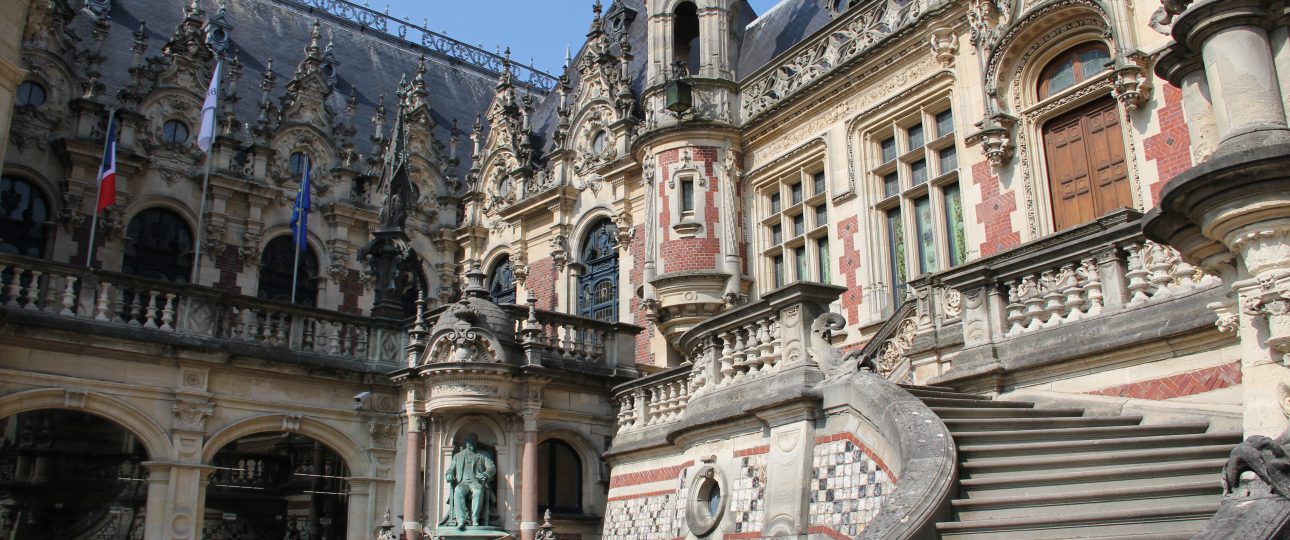São Bento Palace: A Journey Through Portuguese History
Portugal, with its rich tapestry of history and architectural marvels, offers travelers a unique glimpse into its storied past. One such landmark is the São Bento Palace in Lisbon. Originally a Benedictine monastery, this site has evolved over centuries into the seat of the Portuguese Parliament. Join me as we explore the fascinating history and architecture of São Bento Palace.
A Historical Overview
The origins of São Bento Palace date back to 1598 when it was established as the first Benedictine monastery in Lisbon. By 1615, the monks had relocated to an area previously used as a health house for plague victims. The monastery, designed by Jesuit architect Baltazar Álvares and later João Turriano, was a large rectangular structure featuring a church, towers, and cloisters. Unfortunately, the 1755 Lisbon earthquake caused significant damage to the nearly completed building.
Following the Liberal Revolution of 1820 and the suppression of religious orders in 1834, the monastery was repurposed as the Palácio das Cortes, housing the Portuguese Parliament. Over the years, the building underwent numerous adaptations to serve its new function, with architects like Possidónio da Silva and Jean François Colson contributing to its transformation. A fire in 1895 led to further renovations by Miguel Ventura Terra, who added a neoclassical portico and remodeled several key areas.
Architectural Highlights
Stepping into São Bento Palace, visitors are greeted by a neoclassical façade featuring a grand portico with columns and a triangular pediment. The interior boasts a monumental stairway, designed by Cristino da Silva in the 1940s, which adds to the building’s grandeur. The palace’s architecture is a testament to its historical evolution, blending Mannerist and neoclassical styles.
In addition to the main building, the palace grounds include a mansion built in 1877, which has served as the official residence of the Portuguese Prime Minister since 1938. The gardens, designed by Cristino da Silva, offer a serene backdrop to this historic site.
Visiting São Bento Palace
Exploring São Bento Palace provides a unique opportunity to delve into Portugal’s political and architectural history. Here are some practical tips for your visit:
Best Time to Visit
The palace can be visited year-round, but spring and early autumn offer pleasant weather for exploring both the interior and the gardens. Keep in mind that the palace is an active government building, so access may be restricted during parliamentary sessions.
How to Get There
Located in Lisbon, São Bento Palace is easily accessible by public transportation. The city’s efficient metro and bus systems can bring you close to the palace. If you prefer, taxis and ride-sharing services are also readily available.
Local Transportation
Once in Lisbon, navigating the city is straightforward. The palace is situated near the city center, making it convenient to explore other attractions. Walking is a great way to soak in the local atmosphere, but be prepared for Lisbon’s hilly terrain.
Visiting São Bento Palace offers a captivating journey through Portugal’s history, from its monastic origins to its current role as a center of political power. While the palace itself is a marvel, be aware of potential access limitations due to its governmental function. Plan accordingly to make the most of your visit to this historic landmark.




